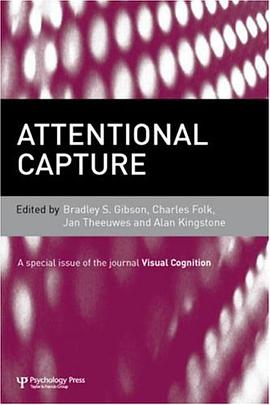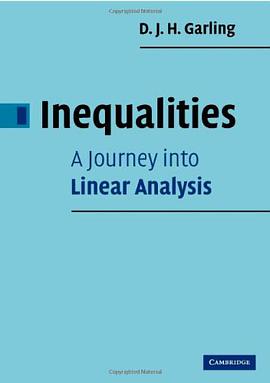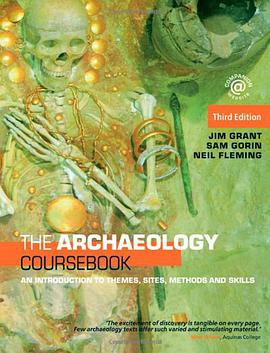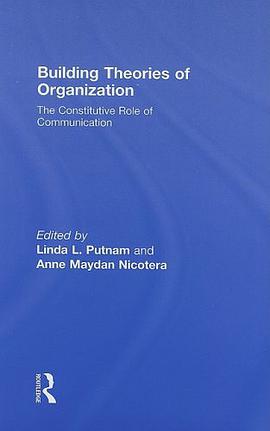

The notion that certain mental or physical events can capture attention has been one of the most enduring topics in the study of attention owing to the importance of understanding how goal-directed and stimulus-driven processes interact in perception and cognition. Despite the clear theoretical and applied importance of attentional capture, a broad survey of this field suggests that the term capture means different things to different people. In some cases, it refers to covert shifts of spatial attention, in others involuntary saccades, and in still others general disruption of processing by irrelevant stimuli. The properties that elicit capture can also range from abruptly onset or moving lights, to discontinuities in textures, to unexpected tones, to emotionally valenced words or pictures, to directional signs and symbols. Attentional capture has been explored in both the spatial and temporal domains as well as the visual and auditory modalities. There are also a number of different theoretical perspectives on the mechanisms underlying capture (both functional and neurophysiological) and the level of cognitive control over capture. This special issue provides a sampling of the diversity of approaches, domains, and theoretical perspectives that currently exist in the study of attentional capture. Together, these contributions should help evaluate the degree to which attentional capture represents a unitary construct that reflects fundamental theoretical principles and mechanisms of the mind.
具体描述
读后感
评分
评分
评分
评分
用户评价
相关图书
本站所有内容均为互联网搜索引擎提供的公开搜索信息,本站不存储任何数据与内容,任何内容与数据均与本站无关,如有需要请联系相关搜索引擎包括但不限于百度,google,bing,sogou 等
© 2025 book.wenda123.org All Rights Reserved. 图书目录大全 版权所有




















